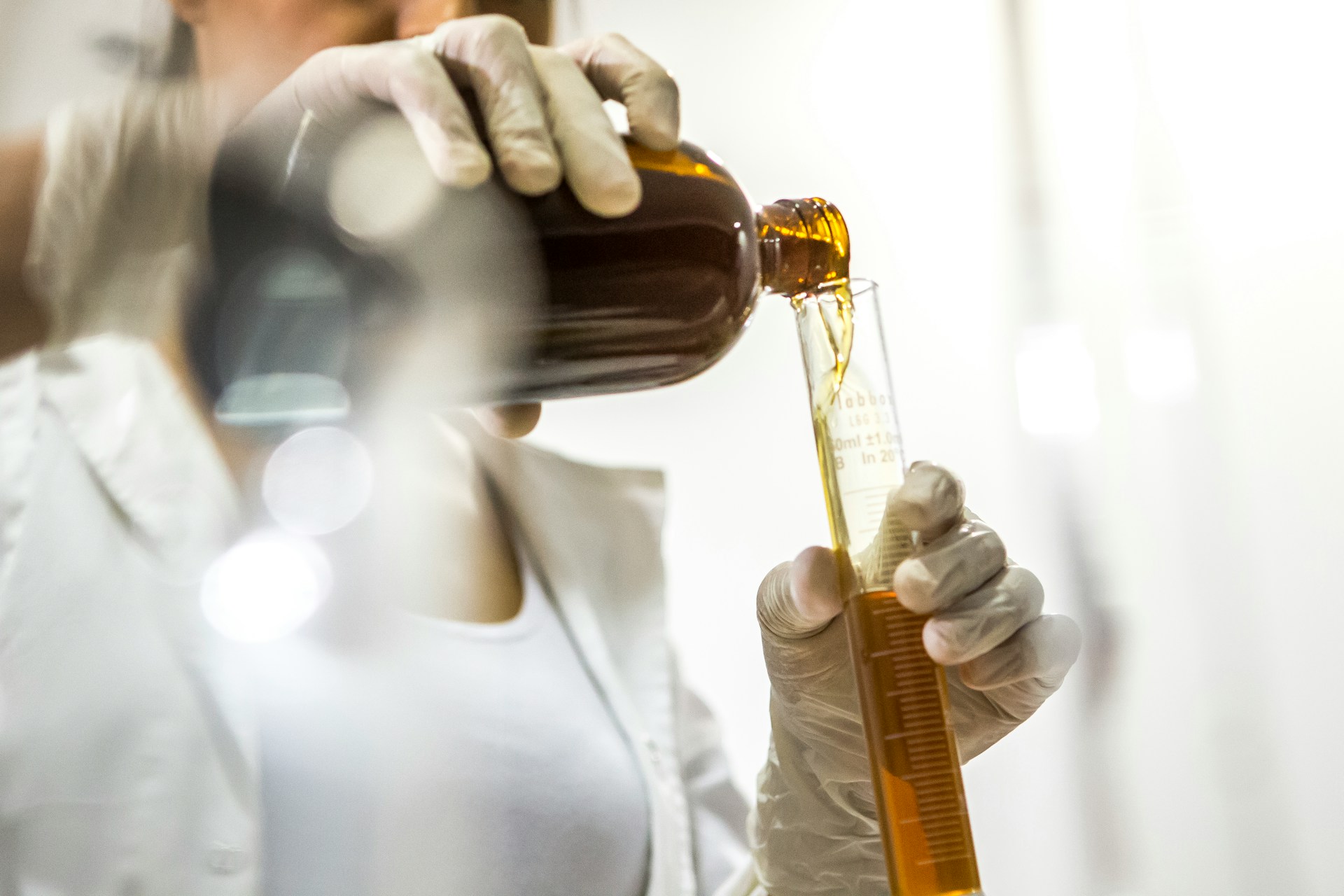In the dynamic landscape of modern healthcare, customized medications play a vital role in delivering tailored treatments to patients with unique needs. For telemedicine companies, understanding the nuances of how these specialized medications are produced and regulated is critical.
One very important consideration for telemedicine providers is understanding the nuances of the 503A vs 503B pharmacy models, which delineate the two primary types of compounding pharmacies. These designations, established by the Drug Quality and Security Act of 2013, define different operational scopes and regulatory frameworks.
At Precision Medicine, we recognize these differences and have strategically aligned ourselves with the 503A compounding pharmacy model to best serve the specific requirements of our telemedicine partners and their patients.
What Is a 503A Pharmacy?
A 503A compounding pharmacy is a traditional pharmacy focused on creating customized medications for individual patients based on specific prescriptions.
This personalized approach addresses unique medical requirements, such as avoiding allergens, fine-tuning dosages, or adding flavors to improve palatability. For instance, a 503A pharmacy might compound a medication for a specific patient who is allergic to an inactive ingredient in a commercially available drug. A 503A pharmacy may be able to carefully isolate the active ingredient and stabilize it with hypoallergenic components.
A 503A compounding pharmacy operates primarily under the oversight of state boards of pharmacy. They must adhere to guidelines set by the United States Pharmacopeia (USP) to ensure the safety and quality of compounded medications.
A 503A pharmacy is limited to compounding medications for home use. This tailored approach can better serve those seeking custom-tailored dosages or forms. However, it can lead to higher production costs per dosage due to smaller batch sizes.
The focus of a 503A pharmacy remains steadfastly on the individual patient and their unique needs.
What Is a 503B Pharmacy?
A 503B compounding pharmacy, also known as a 503B outsourcing facility, operates on a different scale. A 503B pharmacy is designed to produce large batches of medications without requiring patient-specific prescriptions for each batch. The 503B compounding pharmacy will then sell them directly to healthcare facilities like hospitals and clinics.
This capability allows a 503B pharmacy to achieve economies of scale, potentially lowering manufacturing costs and offering lower-priced medications. Notably, a 503B compounding pharmacy can also produce compounded versions of drugs on the FDA drug shortage list for wider distribution, thus playing a critical role in alleviating supply chain gaps.
Due to their large-scale production and distribution, a 503B pharmacy is held to more rigorous regulatory standards than a traditional 503A compounding pharmacy. A 503B compounding pharmacy must be registered with the FDA and strictly comply with current Good Manufacturing Practices validation and testing.
While their drug products are exempt from FDA drug approval requirements and the requirement to be labeled with adequate directions for use, the rigorous cGMP adherence ensures high quality and consistency for their larger batches. As such, a 503B pharmacy typically serves the larger-scale needs of healthcare institutions.
503A vs 503B Pharmacy: Key Differences
Understanding the fundamental distinctions between a 503A vs 503B pharmacy is crucial for telemedicine providers seeking the right partner for their medication fulfillment. The key differences lie in their operational focus and regulatory requirements.
Here’s a breakdown of the core distinctions:
| Feature | 503A Pharmacy | 503B Pharmacy |
| Regulation | State + USP | FDA + cGMP |
| For Use By | Individual Patients | Hospitals/Clinics |
| Prescription Required | Yes | Not Always |
| Scale | Small-batch, Personalized | Large-batch, Commercial |
| Oversight | State Boards | FDA |
For telemedicine companies, the choice between a 503A compounding pharmacy and a 503B compounding pharmacy often comes down to the nature of the prescriptions they handle. A 503A pharmacy is geared toward providing highly customized medications that precisely match individual patient needs, which is often the core of virtual care. Conversely, a 503B pharmacy, with its large-batch capabilities, is more suited for situations requiring bulk supply to healthcare facilities, not individual D2C fulfillment.
Partner with Precision Medicine as your 503A Compounding Pharmacy
At Precision Medicine, we provide fulfillment services exclusively for telemedicine companies as a 503A compounding pharmacy. Our specialized team handles both custom-compounded medications and commercial OTC products with precision and reliability. We operate behind the scenes as the essential infrastructure that enables telemedicine providers to focus on patient care while we manage the medication supply chain.
This commitment to the 503A compounding pharmacy model allows us to offer tailored D2C fulfillment capabilities so that your patients receive their specific, individualized medications directly, quickly, and efficiently. In this way, we support the seamless delivery of virtual care.
When considering a 503A vs 503B pharmacy for your telemedicine needs, the focus on patient-specific solutions offered by a 503A pharmacy often aligns perfectly with the personalized approach of virtual healthcare.
Ready to optimize your telemedicine offerings and partner with a leading 503A compounding pharmacy? Contact us today to discuss your fulfillment needs!
